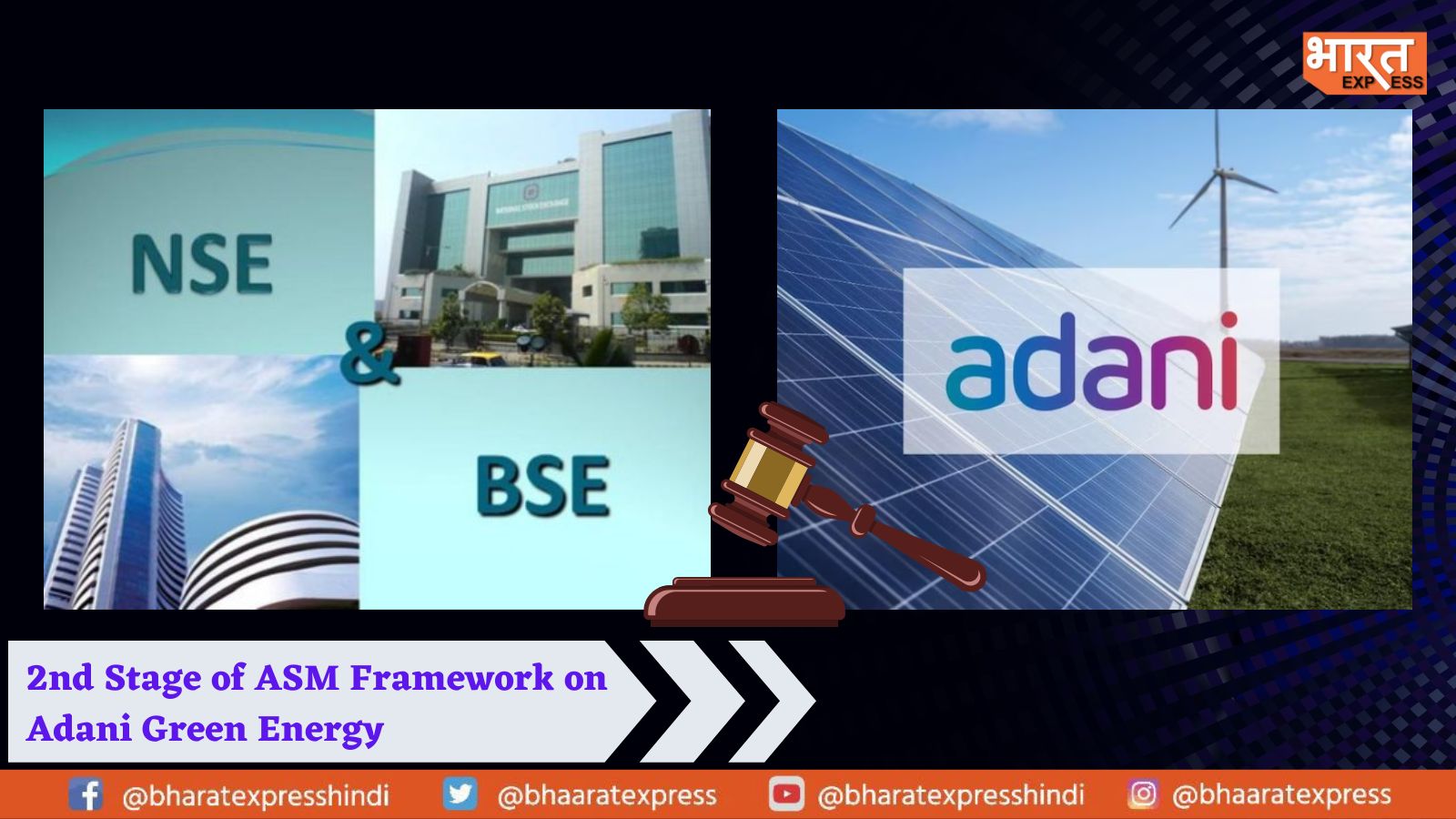
Post the entire Adani-Hindenburg saga, Gautam Adani’s multinational conglomerate is being closely watched by the market regulators, Sebi. Leading bourses NSE and BSE are considering moving Adani Green Energy under the second stage of the long-term Additional Surveillance Framework (ASM) framework from today.
The stock exchanges stated in two separate circulars that Adani Green Energy will remain in the ASM framework but will be shifted to the appropriate higher stage beginning on March 28. Additionally, the action follows Friday’s decision by the two stock exchanges to relieve Adani Total Gas and Adani Transmission and move it to Stage I of the ASM framework.
Prior to this, on March 17, NSE and BSE moved two Adani firms, Adani Green Energy and NDTV, to Stage 1 of the ASM framework.
What Is ASM Framework?
For the unversed, ASM framework refers to a set of guidelines and practices aid in supplementing existing surveillance measures. These surveillance measures are aimed to monitor and regulate trading activities. This is done in order to prevent market manipulation, insider trading, and other forms of financial misconduct.
Stock exchanges and regulatory bodies implement ASM frameworks to complement existing surveillance mechanisms, such as real-time monitoring of trading activity and transaction reporting. The goal is to enhance market transparency and integrity, and to detect and deter potential fraudulent behavior.
Additional surveillance framework consists of two phases: proactive monitoring and reactive investigation.
Let’s take a closer look at each of these phases:
Proactive Monitoring
The proactive monitoring phase involves the continuous surveillance and analysis of market data and transactions to identify potential issues or red flags that could indicate fraudulent or illegal activities. In this phase, advanced technologies like artificial intelligence and machine learning are used to analyze large volumes of data and identify patterns and anomalies that might indicate insider trading, market manipulation, or other forms of misconduct. The goal of this phase is to detect any potential issues as early as possible, so that they can be investigated and addressed promptly.
Reactive Investigation
If potential issues are detected during the proactive monitoring phase, the second phase of the additional surveillance framework involves conducting an investigation into the matter. This may involve gathering additional information, interviewing parties involved, and analyzing trading patterns and activities in more detail. The goal of this phase is to determine whether there has been any wrongdoing, and if so, to take appropriate action to address it. The investigation may lead to enforcement action, such as fines, suspensions, or criminal charges, if the misconduct is found to be serious enough.
To read more such news, download Bharat Express news apps


















